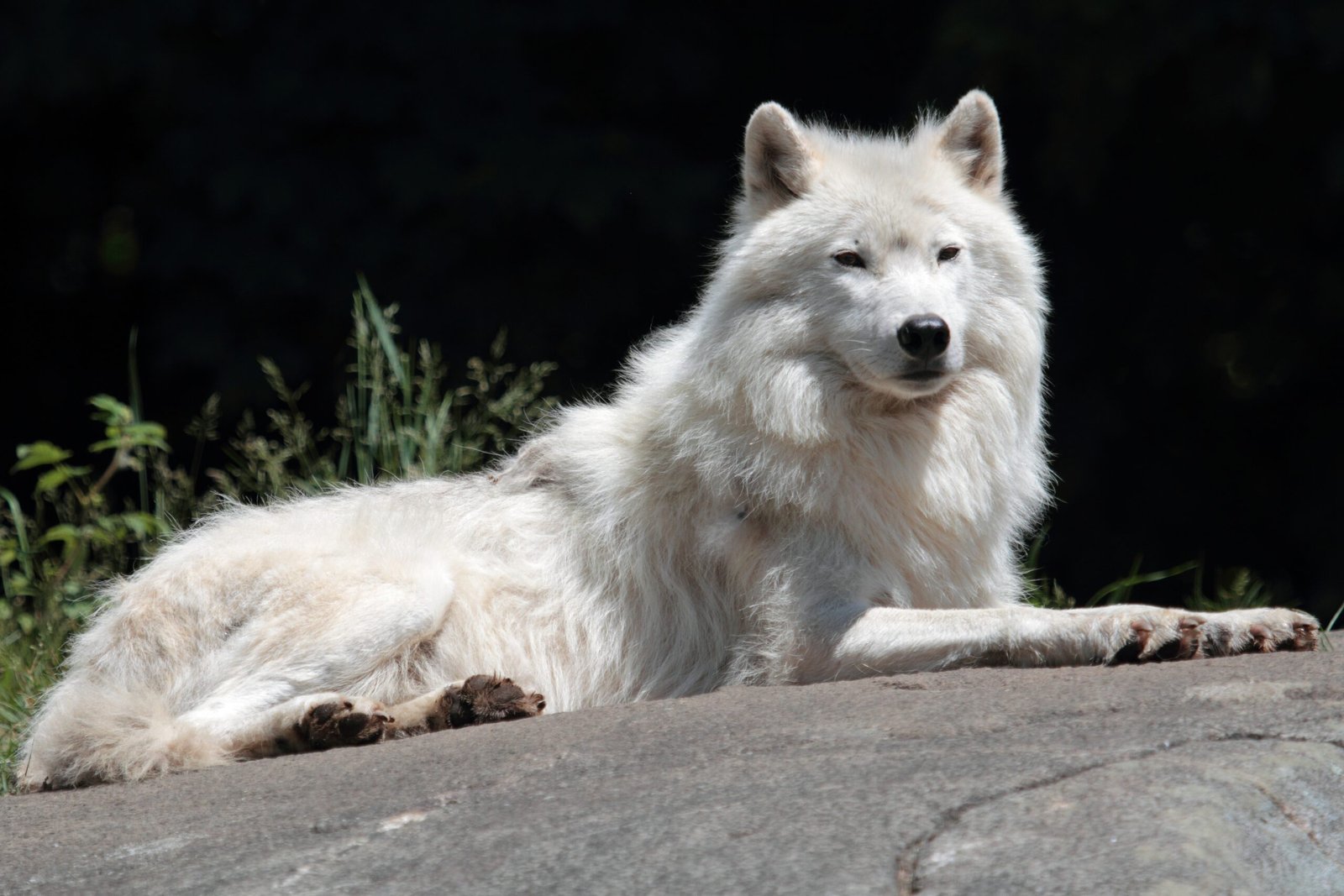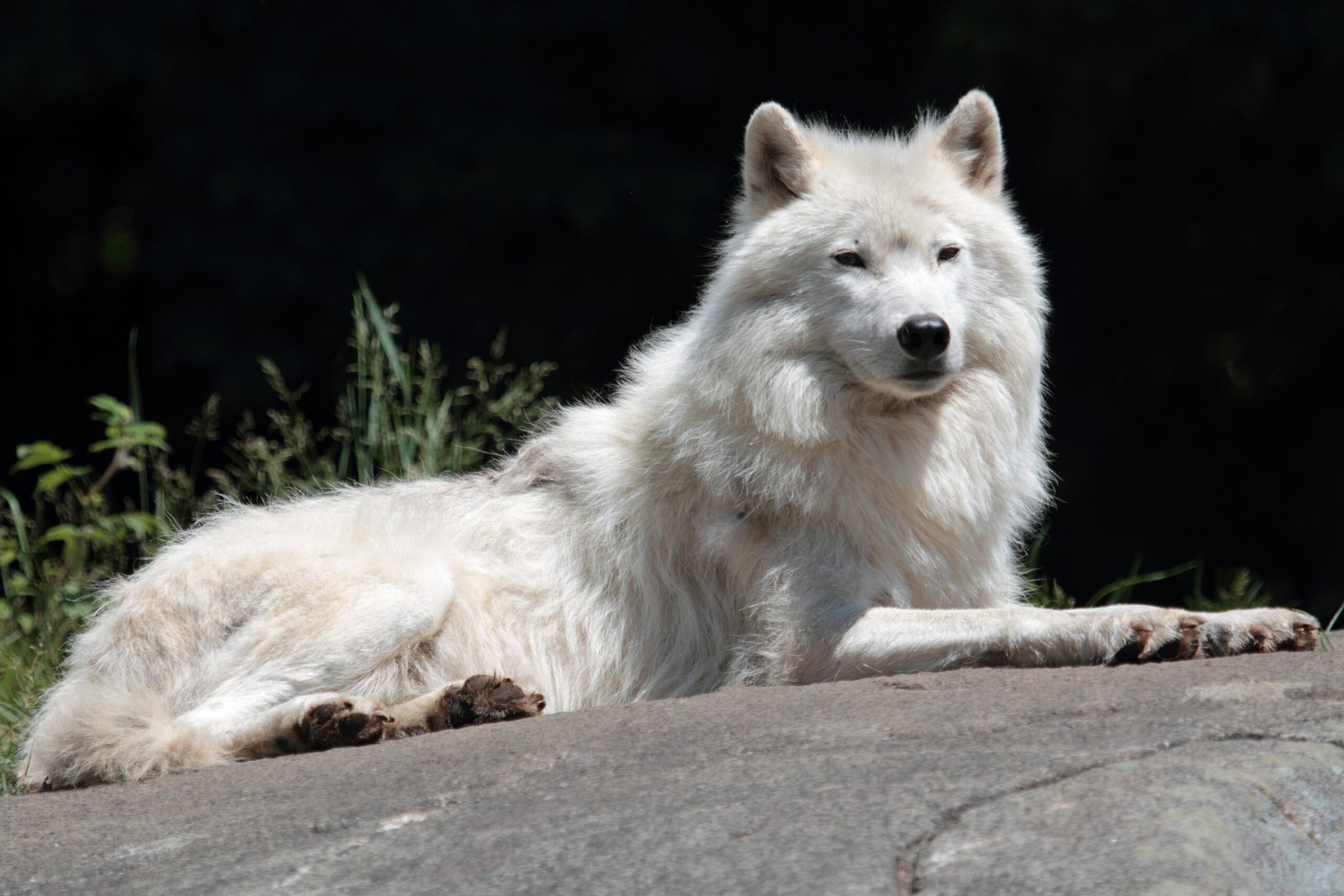Arctic Wolf: Adaptations that Make this Predator a Survivor in the Frozen Wild
In the icy expanse of the Arctic, where temperatures plunge and resources are scarce, the Arctic wolf stands as a testament to nature’s resilience. These stunning creatures are not only survivors but also masters of adaptation. Their ability to thrive in one of the planet’s harshest environments has fascinated scientists and animal lovers alike. Let’s delve into the unique adaptations that make the Arctic wolf such an extraordinary predator in the frozen wild.
The Arctic Wolf’s Thick Fur: A Natural Insulation
One of the most striking features of the Arctic wolf is its thick, dense fur. This luxurious coat is not just for show; it acts as a natural insulation against the biting cold of the Arctic. Each strand of fur is specially designed to trap warmth, creating a barrier between the wolf’s body and the frigid air. The fur is also waterproof, protecting the wolf from snow and ice, much like a well-engineered winter jacket. This adaptation is crucial for survival in an environment where temperatures can drop to sub-zero levels for extended periods.
Color Camouflage: Blending with the Snow
The Arctic wolf’s white fur is more than just a fashion statement. It serves as an effective camouflage, blending seamlessly with the snowy landscape. This adaptation is essential for both hunting and avoiding predators. By merging with the environment, the Arctic wolf can approach its prey unnoticed, increasing its chances of a successful hunt. Additionally, this camouflage helps the wolf avoid detection from potential threats, providing an added layer of protection.
Physical Stamina: Built for Long Distances
Arctic wolves are built for endurance. Their long legs and strong muscles allow them to travel vast distances in search of food. In the frozen wilderness, prey can be scarce, and the ability to cover ground quickly and efficiently is a vital survival trait. This physical stamina is akin to a marathon runner’s ability to maintain a steady pace over long distances. It enables the Arctic wolf to track and hunt prey that might otherwise be out of reach.
Social Structure: The Power of the Pack
The social structure of the Arctic wolf is another key to its survival. These wolves live and hunt in packs, which provides numerous advantages in the harsh Arctic environment. A pack can take down larger prey than a solitary wolf could manage, ensuring a more reliable food supply. The pack’s social bonds also offer protection and warmth, as wolves huddle together during blizzards. This social cohesion is reminiscent of a close-knit family, where each member plays a vital role in the group’s survival.
Acute Senses: Detecting Prey in the Frozen Silence
In a world where sight can be obscured by snow and ice, the Arctic wolf relies heavily on its acute senses to locate prey. Their keen sense of smell can detect the scent of prey from miles away, while their sharp hearing picks up the faintest sounds in the frozen silence. These enhanced senses are comparable to a detective’s ability to pick up on the smallest clues, making the Arctic wolf a formidable hunter even in the most challenging conditions.
Metabolic Efficiency: Thriving on Limited Resources

Surviving in the Arctic requires more than just physical adaptations; it also demands metabolic efficiency. The Arctic wolf’s body is designed to make the most of limited resources, allowing it to survive on a sparse diet. This efficiency is akin to a fuel-efficient car that can travel long distances on a single tank of gas. By maximizing energy intake and minimizing waste, the Arctic wolf can endure periods of scarcity without compromising its health.
Thick Paw Pads: Navigating the Frozen Terrain
The Arctic wolf’s paws are uniquely adapted to its icy habitat. Thick, cushioned paw pads provide insulation from the cold ground while offering traction on slippery surfaces. This adaptation is similar to wearing specialized snow boots that prevent slipping and keep feet warm. The design of their paws enables Arctic wolves to move confidently and swiftly across the frozen terrain, whether they’re chasing prey or traversing the landscape.
Seasonal Behavior: Adapting to Changing Conditions
Arctic wolves exhibit seasonal behaviors that help them adapt to the ever-changing conditions of their environment. During the harsh winter months, they may travel in search of food, whereas in the summer, they often remain closer to their dens. This behavioral flexibility is vital for survival, as it allows the wolves to respond to the demands of each season. Much like a savvy traveler adjusting their itinerary based on the weather, the Arctic wolf’s seasonal behavior ensures it is always prepared for what lies ahead.
In conclusion, the Arctic wolf’s ability to survive and thrive in the frozen wild is a testament to its remarkable adaptations. From its thick fur and acute senses to its social structure and metabolic efficiency, every aspect of this predator is finely tuned to withstand the Arctic’s challenges. These adaptations not only inspire awe but also remind us of the incredible resilience of nature’s creatures.

Born and bred in South Africa, a Capetonian at heart. Amy-Leigh’s love for nature and animals was inherited from her Dad. He loves taking the family on road trips to experience nature at its finest; Amy-Leigh’s favourite being whale watching in Hermanus and spotting Kudu along the West Coast. Amy-Leigh holds a BA in English Literature and Communication Studies.






